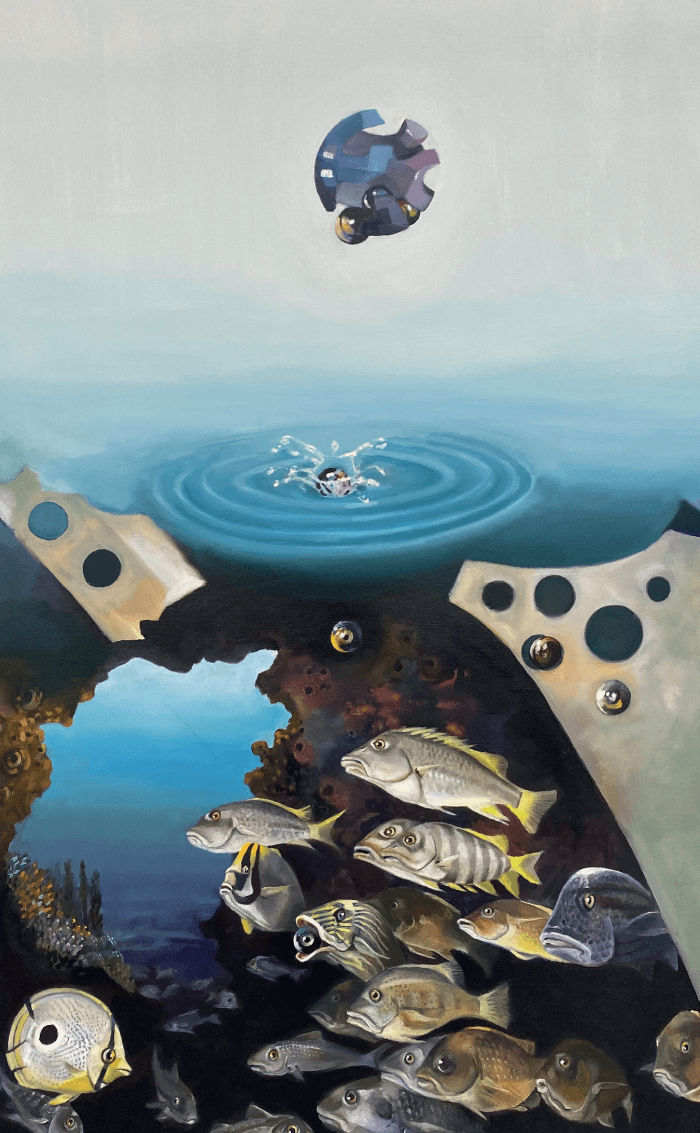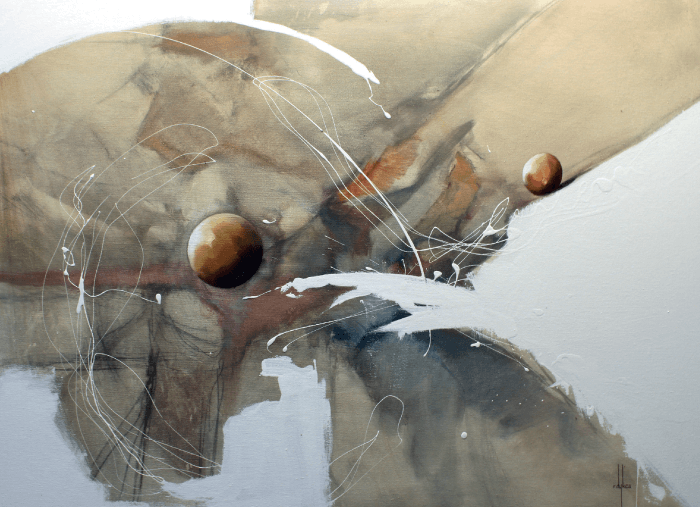
Artwork above: Seat of the Soul, by Jennie Jewitt-Harris.
Hillary Stiefel is an Assistant Professor at the Casey Eye Institute, Oregon Health & Science University in Portland, Oregon, USA, where she practices comprehensive ophthalmology and ocular pathology. She takes many photographs as part of her work, “aiming to capture images of the eye that include visually striking details that appeal to the imagination of all viewers,” as she explains. “Much of my work incorporates unique patterns and colors reminiscent of abstract art.” Stiefel has previously displayed her photography at Casey Eye Institute for the appreciation of patients, colleagues, and community members.
Renowned photojournalist and frequent contributor to The Ophthalmologist Terry Cooper visited Aravind in southern India, just before the country was closed to visitors because of the COVID-19 pandemic. He accompanied nurses and a manager at an retinopathy of prematurity (ROP) outreach clinic at a hospital near Madurai.
Monika Majchrowicz has been practicing ophthalmology in Bielsko-Biała, Poland, for over 20 years.
She comments: “I think that the iris is one of the most fascinating tissues found in our body. Its patterns are quite unique and very intricate, with many furrows, crypts, and rings, so it is possible to use our eyes for identification that is even more accurate than fingerprints. Not even identical twins have the same iris patterns. This tissue is exceptional for one more reason: you cannot guess its age. Irises of older people are as beautiful as the young ones.
I appreciate the chance to watch this world hidden from the naked eye through the magnification of a slit lamp, and I have started to take photographs of these stunning kaleidoscopic views. In my photos the iris is sometimes isolated from its surroundings and shown within a very plain, minimalistic black frame. Occasionally, I like to play around with a picture and make it seem less realistic. I also like to combine iris images with photos from the fundus camera. Sometimes, it is all about the pattern – I have even used an iris prosthesis in one of my pictures.
My inspiration is Suren Manvelyan, an Armenian photographer who created a gripping animal eye closeup series of images. In these extreme close-ups, it is possible to see details such as the irises’ color gradients, textures, patterns, and even tiny blood vessels, causing these eyes to look like alien landscapes.”
Ronald Dykes, Managing Partner at Diamatrix, The Woodlands, Texas, USA, received his Bachelor of Fine Arts degree from the University of Connecticut in 1976. He started working in ophthalmology in 1980, following training at Georgetown University in Washington DC. In 2001, he opened Art of the Eye Studio in The Woodlands, in Texas.
Dykes says: “Art of the Eye is a combination of two disciplines I have been involved in: art and ophthalmology. Using this combination, I am creating contemporary images, some of which are abstract, and others representational, but all have one unique voice.”
You can see more of his artwork at www.artoftheeye.com.

Jennie Jewitt-Harris has a PhD in Fine Art Practice for her research into the reasons why many people refuse to donate their corneas after death.
